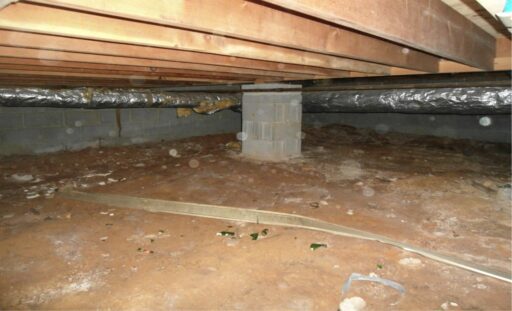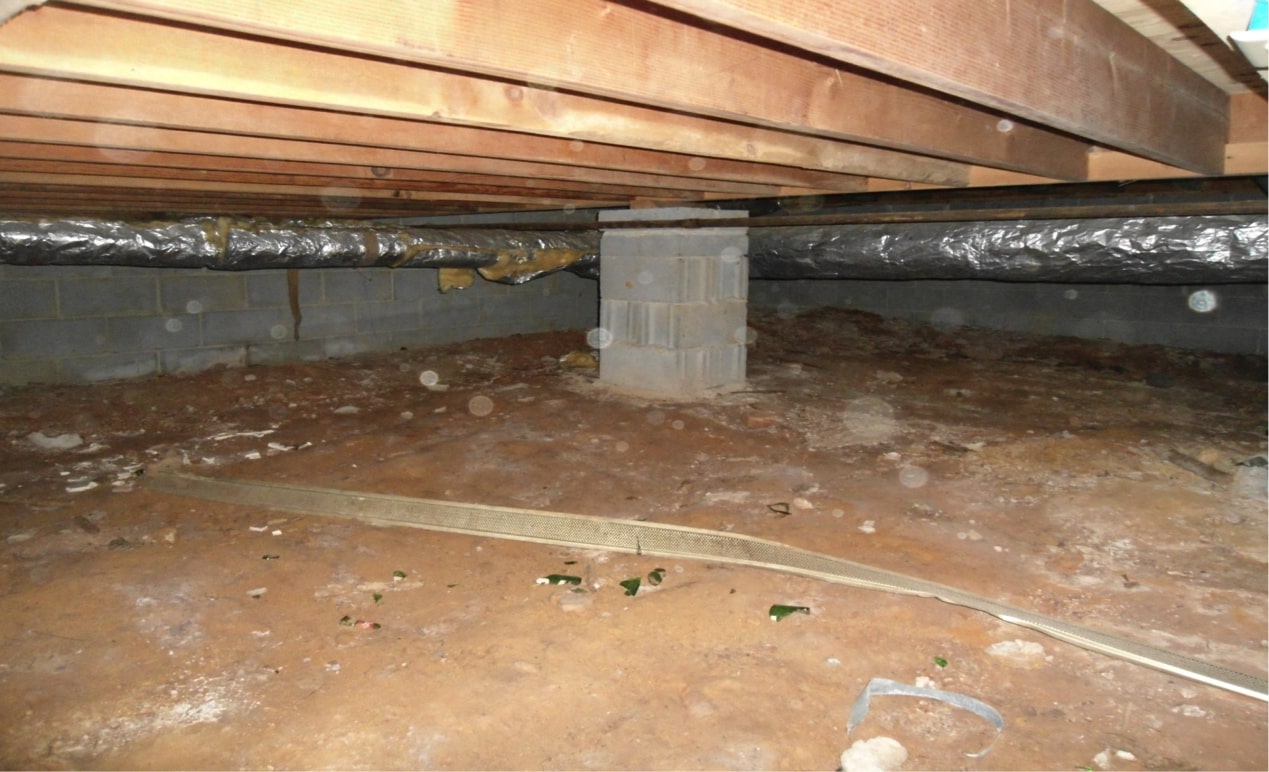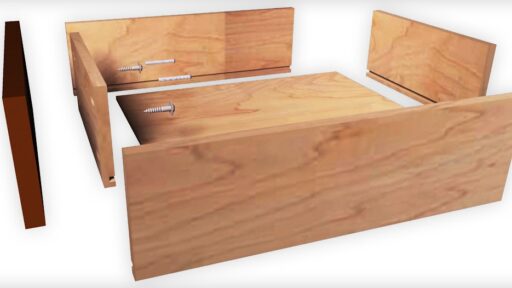What is a crawl basement? Most homeowners are often confused about the term and, thus, never pay enough attention to it. However, as an interesting surprise, the crawl basement is one of the most important and useful areas that provide multiple benefits.
Moreover, it is easy to get confused between the crawl basement and crawl space because of the close similarities. However, both of them are quite different, with different sets of benefits and purposes.
Thus, when touring the home, it is important to be completely aware of the crawl basement so that you can use it accordingly. However, planning the various uses of the crawl basement can be difficult if you don’t have any understanding of it.
If you too want to explore more about the crawl basement, we are here with a detailed guide.
Let’s dig deep to explore what a crawl basement is and what it can offer.
What is a Crawl Basement?
Before going any deeper with crawl basements, let us first get an understanding of what a crawl basement is.
Well, as the name suggests, a crawl basement is a usable area underneath the first floor of your place. The basement has a decent ceiling height and can be easily accessed within the house using stairs or ladders.
The most common use of a crawl basement is to store things; however, it can be used for various other purposes depending upon the need. The crawl basement also extends easy access to the various pipes and wirings in the house to avoid any inconvenience in the regular routine.
A crawl basement provides enough crawling space for someone; however, the ceiling height is not enough for someone to stand. It raises your place off the ground and works as a convenient storage space for AC ducts or heater ducts, plumbing, insulation, etc.
The Construction of Crawl Basement
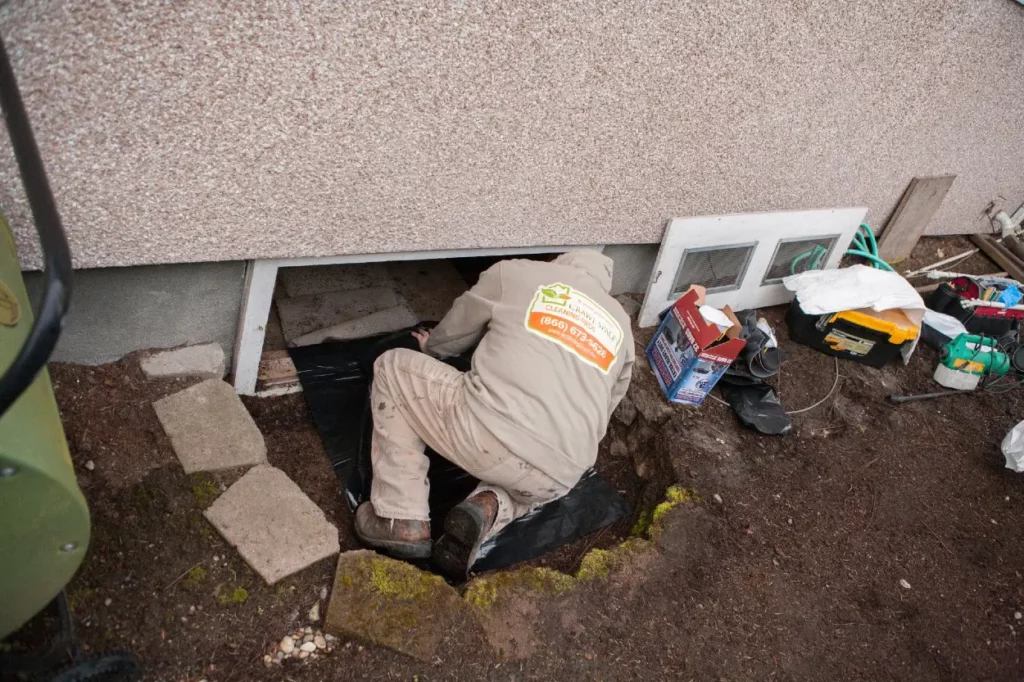
It takes a lot of planning to construct a crawl basement, as any wrong decision can affect the design of the entire house. Thus, the construction of a crawl basement often uses footings and walls to conveniently support the overall weight of the house. The crawling basements are usually made with wood, steel construction, cinder blocks, or poured concrete.
The walls of the crawl basement are usually 5 feet high; on the other hand, the crawling space is usually between 1 to 3 feet. During the construction, the crawl basement is often left unfinished for quick and hassle-free access to the home mechanicals. In some construction ideas, half of the crawl basement is covered while the other half is uncovered to enjoy easy access.
Advantages of Crawl Basement
Crawl basement comes with many benefits that cannot be ignored. When constructed and maintained well, the crawl basements work effectively to enhance the living standard as well. Here are some of the highlighted advantages of having a crawl basement:
1. Durable Foundation

Crawl basement is designed with high endurance to ensure its effective functioning in various conditions. Additionally, its detailed architecture provides enough strength to the overall structure to extend the desired support to the house. Make sure to check the durability and strength of the crawl basement to ensure the desired support without any worries.
The proper use of short footings helps the crawl basement to sustain the overall structural load of your place. As a result, it can strongly withstand possible natural disasters while maintaining its durability and strength. With proper care and maintenance, the crawl basement can last for a lifetime without facing any major damages or challenges.
2. Easy Insulation
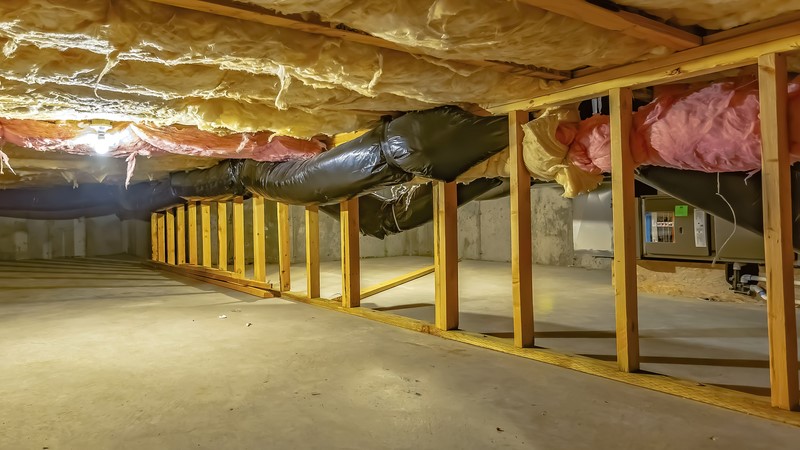
It is very important to keep the exteriors of the crawl basement well insulated to effectively maintain its heating and cooling. Homes with crawl basements generally have warm, elevated floors which can easily be insulated. This also reduces the overall heating cost for your place.
When the crawl basement is properly insulated, it ensures that the entire place is warm enough, especially in the winter. It prevents the heat from escaping and, thus, ensures a lasting heated surrounding without any hassles.
3. Flood Protection
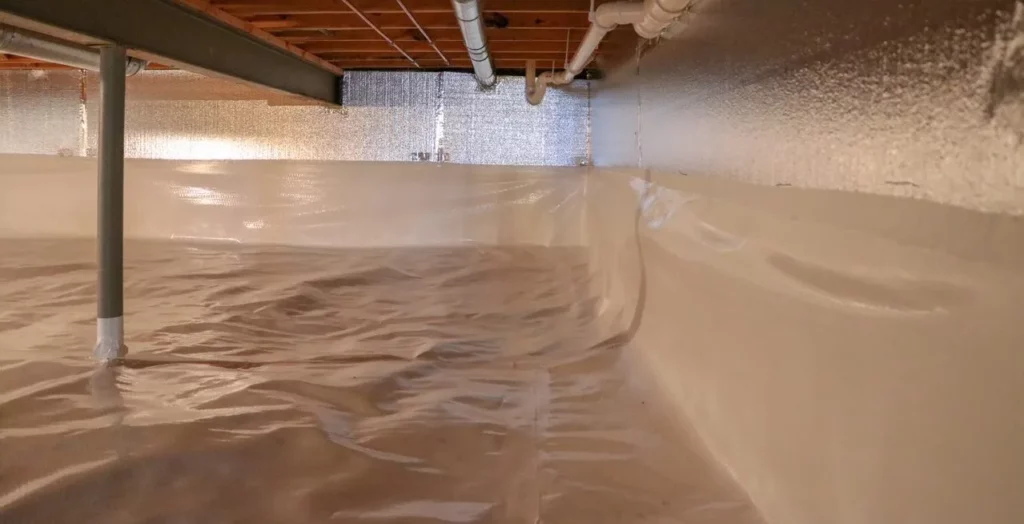
Additionally, if you live in a flood-prone area, the crawl basement works as a buffer between your place and the water table for effective protection. As the crawl basement elevates your space off the ground, it prevents the flood water from immediately entering the house. The flood water first enters the crawl basement, giving enough time to evacuate the place.
As waterproofing and ventilation are carefully maintained in the crawl basement, it gives an easy way to drain the flood water. As the excess water is easily eliminated, it restricts and minimizes the damage. However, you should be careful to keep a check on the moisture and humidity levels in the crawl basement to avoid any consequences.
4. Cost-Effectiveness
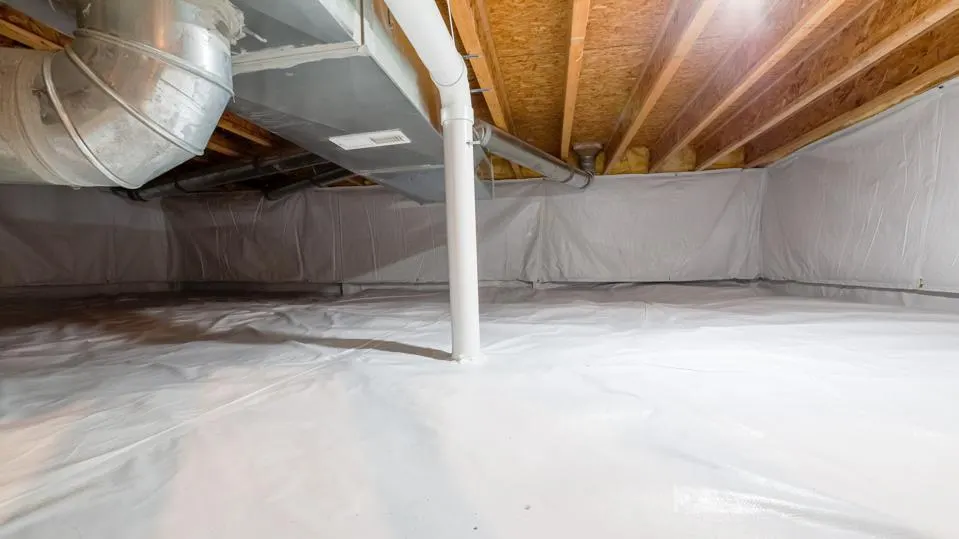
Crawl basements are cost-effective as they are generally one-time investments. If you have invested well during the initial construction of the crawl basement and also pay close attention to its regular maintenance, you don’t need anything else. You are likely to enjoy a warm, secure, and well-ventilated place.
It will generally cost you around $8,000 to $25,000 to design a crawl space, whereas $75,000 to $150,000 for a crawl basement. Just with this one-time investment, you provide a warm and durable base to your place, along with effective protection against natural disasters.
5. Quick Access
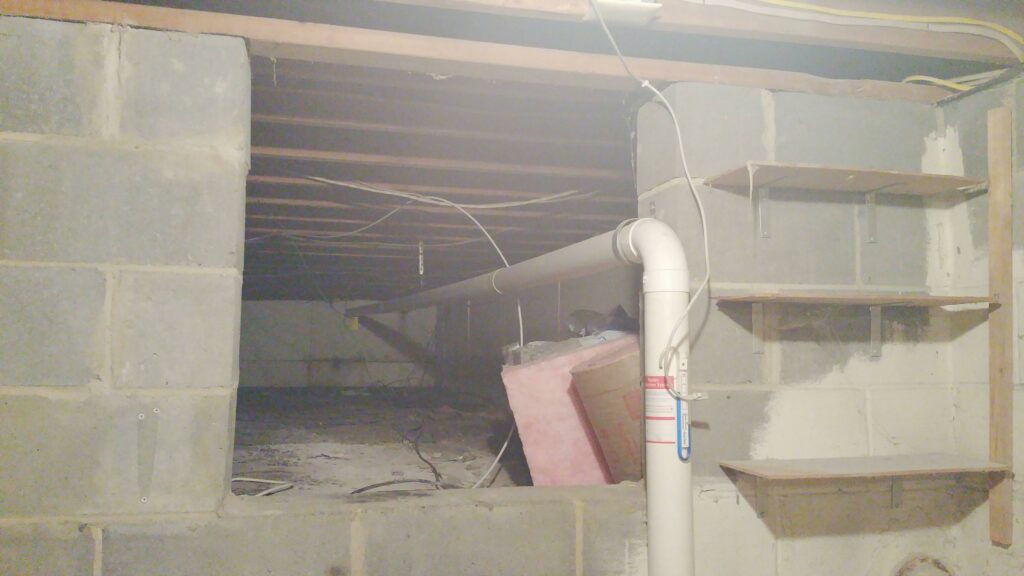
A crawl basement is also trusted to get quick and easy access to the home system for repair and construction work. You get direct access to the wiring, pipes, AC/heating ducts, and other structural elements to inspect and repair the damage as quickly as possible. It can also be used for future upgrades without compromising the existing structural base.
The crawl basement is also helpful for reconfiguring the plumbing system, thanks to which the kitchen and bathroom locations can easily be changed. It also sets an easier way for insect inspection and treatment to avoid possible damages and consequences.
6. Storage Space
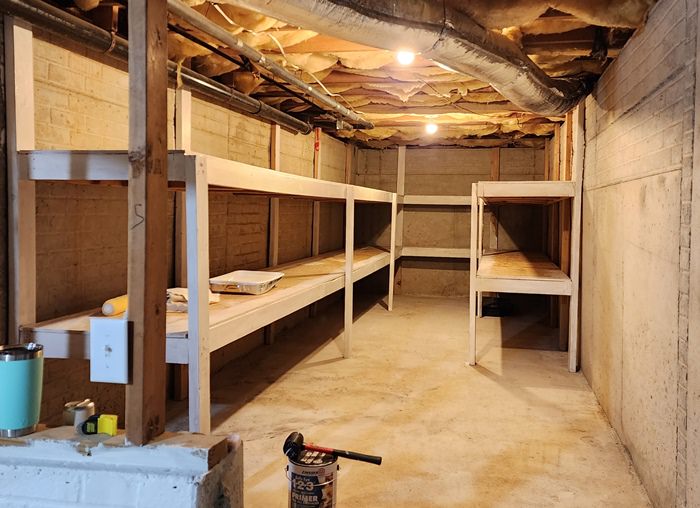
Last but not least, in some cases, the crawl basement can also be used as a storage space. It mainly depends on the construction of the crawl basement as to how it can be used for storing the required stuff. You should also be careful with the storage layout, as it shouldn’t interrupt the drainage, duct, or wiring functions.
As you plan to store something in the crawl basement, it is recommended to keep a check on the humidity and moisture levels. Crawl basements are prone to face damage from moisture and, thus, should be maintained with effective prevention and protection.
Crawl basement provides unlimited benefits when constructed, used, and maintained properly. Once you are aware of these and many more possible benefits of a crawl basement, you will surely demand to have one at your place.
In addition to these amazing benefits, the crawl basement also has some disadvantages. Let us have a look at some of the potential disadvantages of a crawl basement to completely avoid them with thorough preparations.
What are the Disadvantages of Crawl Basement?
Crawl basement ensures several benefits; however, it also comes with different disadvantages. The construction of the crawl basement plays a major role in understanding the possible disadvantages. If the entire crawl basement is uncovered, it will be affected more by its disadvantages than the half-covered basement.
Let us now look at some of the possible disadvantages of a crawl basement.
1. Excess Moisture

As the crawl basement is underneath the first floor of your place, it is more sensitive to excess moisture and water. The moisture that gets into the crawl basement is generally from the roof drainage, leaks in basement windows, grading issues, and overflowing gutters. Moreover, the open construction of the crawl basement gradually attracts the moisture problem.
The water and excess moisture in the crawl basement cause a lot of trouble; therefore, it should always be checked and prevented. According to the experts, the humidity levels in the crawl basement should be maintained between 30 and 50% to enjoy healthy air. A humidity level of more than 65% will attract moisture problems really soon.
2. Termites Damage
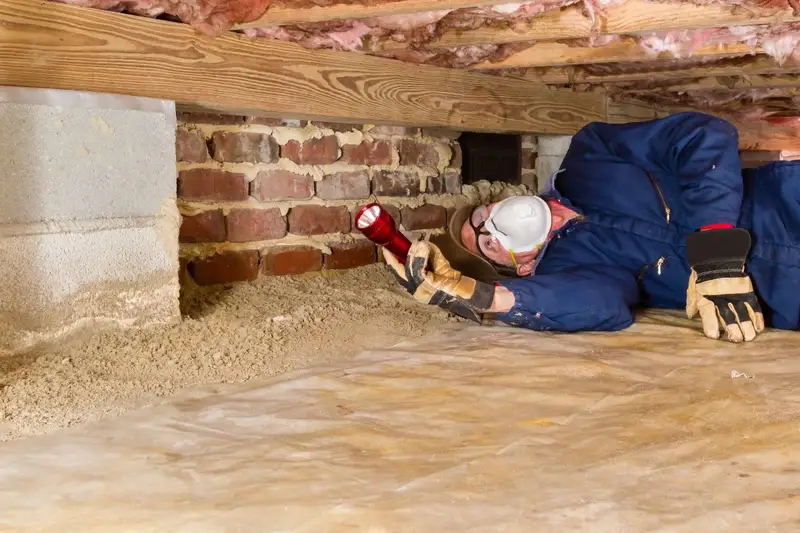
Another serious issue in the crawl basement is the termite damage. As the termites grow and feed on wood, they damage the core structure of the crawl basement. Additionally, it can damage the insulation system, wiring, and stored items.
Generally, termites grow on wet woods; thus, if you are already struggling with moisture in your crawl basement, it is likely to get more damaged. Therefore, the termite damage should be quickly detected and treated to avoid any major damage to the “crawl basement.” You should rely on professional help to inspect the growth of termites in the crawl basement and for its effective treatment.
3. Rotting Woods Damage in Crawl Basement
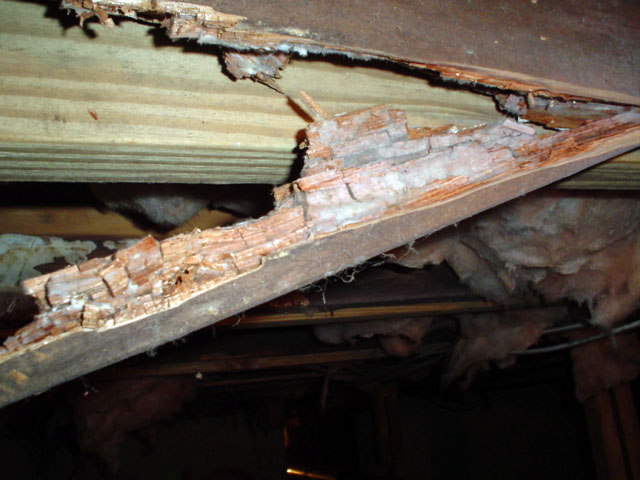
The rotting woods in the crawl basement can further attract several other challenges. The rotting wood damage the overall structure of the crawl basement, making it too weak to support the house’s weight. As a result, it increases the chances of collapse.
Moreover, the rotting wood can even cause cracks in the walls, uneven flooring, and sticking doors. These damages generally increase with excess moisture in the woods of the crawl basement, also resulting in high humidity. If you notice any sign of rotting wood, it should immediately be treated with professional assistance to avoid any structural damage.
4. Mold Damage in Crawl Basement
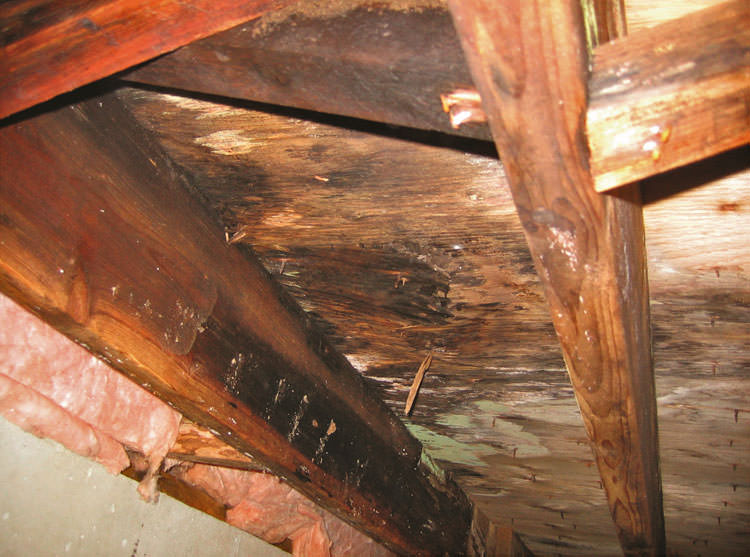
The crawl basement also faces mold damage, majorly because of dampness. These molds generally happen with moisture damage, flooding, water damage, and leaks in plumbing details. Additionally, cracks in the core foundation, poor ventilation, and drainage system are also responsible for mold damage in the crawl basement.
You cannot risk your crawl basement with even slight mold damage, as it quickly damages the entire structure. If left untreated, the mold damage can gradually increase, resulting in weak support or even a collapse. The mold damage also affects the overall life of the crawl basement and, thus, should be treated on an immediate basis.
5. Exterior Insulation
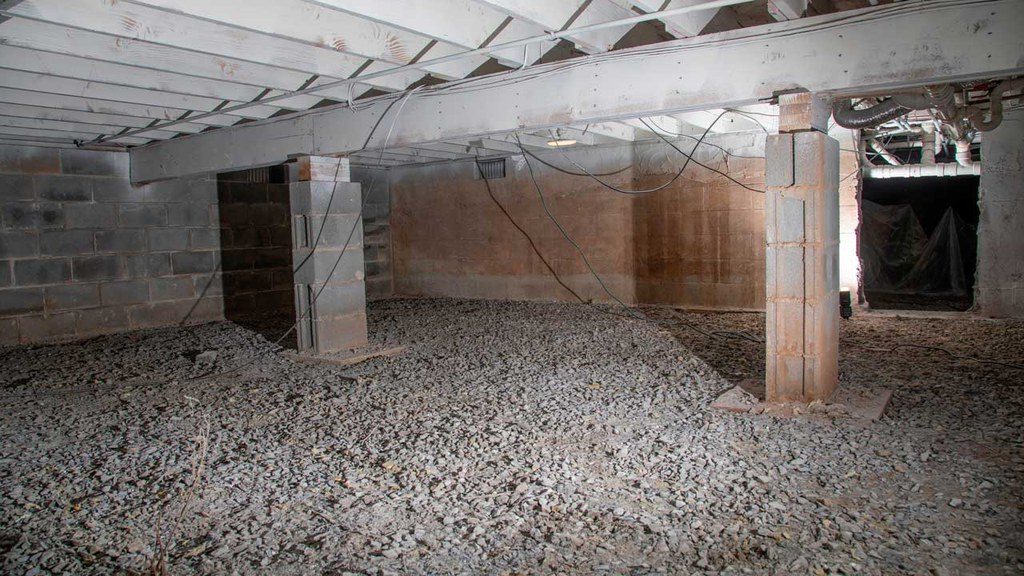
Last but not least, the exterior of the crawl basement should be well-insulated to make the heating and cooling more effective. If you have an uncovered or open crawling space, it will be a challenge to control the effectiveness of the heating and cooling needs. Moreover, to control the airflow, you would need more cost.
On the other hand, if you have a fully or partially covered crawl basement, it is a little less difficult to maintain the heating and cooling effectiveness. Thus, to avoid this challenge, it is recommended to pay close attention to the detailed structure of the crawl basement at the time of its construction.
If you pay attention to some of the common and major disadvantages of the crawl basement, they are mostly because of excess moisture. Thus, to control the disadvantages or damages to the crawl basement, it is highly recommended to keep the moisture content in check. Any sign or symptom of moisture in the crawl basement should not go unnoticed or untreated.
Final Thoughts
A crawl basement is very similar to a crawl space, with some added benefits and better functionalities. For most people, a crawl basement is an amazing storage space, while for others, it provides easy access to plumbing, wiring, and electrical needs. For any reason, a crawl basement is certainly a must-have need for every house.
If you plan to have a house with a crawl basement, ensure to provide enough maintenance to enjoy all its amazing benefits without any interruptions. If you still have doubts about the effectiveness of the crawl basement and need more detail, you can connect with us in the comment section.
Frequently Asked Questions
How Can You Keep Excess Moisture Away from the Crawl Basement?
It is important to keep away the excess moisture and water flow from the crawl basement as you have all your wiring, plumbing, and electrical systems there. For this, you can use a dehumidifier which can suck all the humidity resulting in a dry crawl basement.
Is It Mandatory to Have a Crawl Basement?
It is not mandatory, but it is recommended to have a crawl basement at your place. You get benefits like easy access to all housing system needs additional storage space, a durable base, flood protection, etc., with a crawl basement.
Tommy Hardy, an alumnus of the Georgia Institute of Technology with a degree in Mechanical Engineering, has been a go-to figure in residential upkeep and innovation for over 18 years. His career commenced in a leading home appliance manufacturing company, where he mastered the intricacies of household systems. Joining our platform in 2020, Tommy quickly became a reader favorite for his practical and easy-to-follow guides. He took the helm of our DIY section in 2019, consistently delivering content that empowers homeowners. Beyond his professional pursuits, Tommy is a passionate gardener and enjoys woodworking, skills enhancing his hands-on approach to home care.

